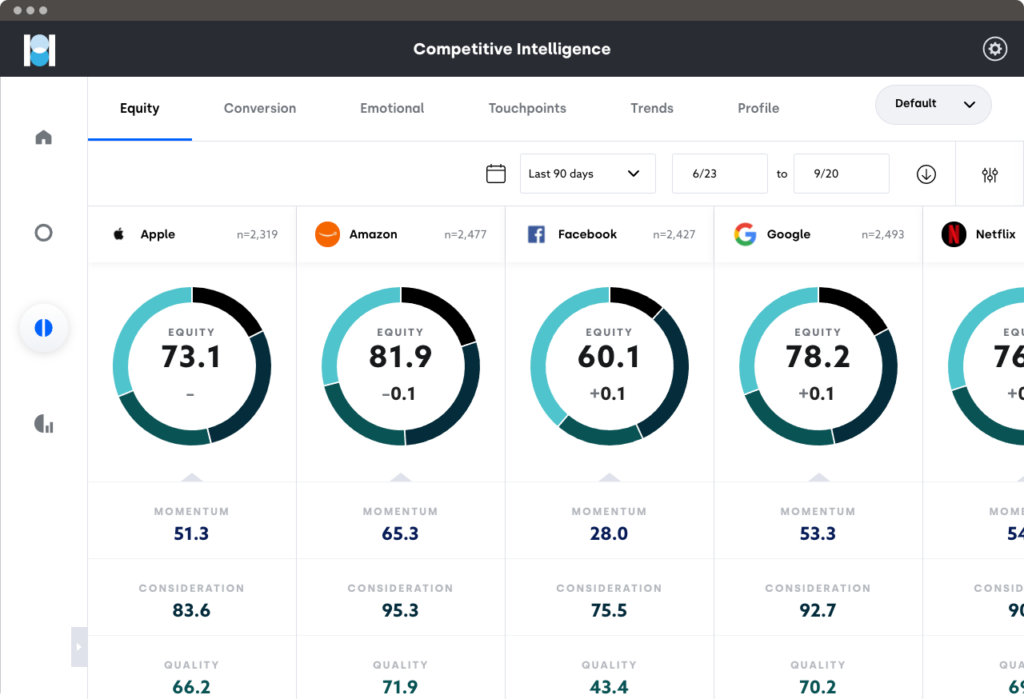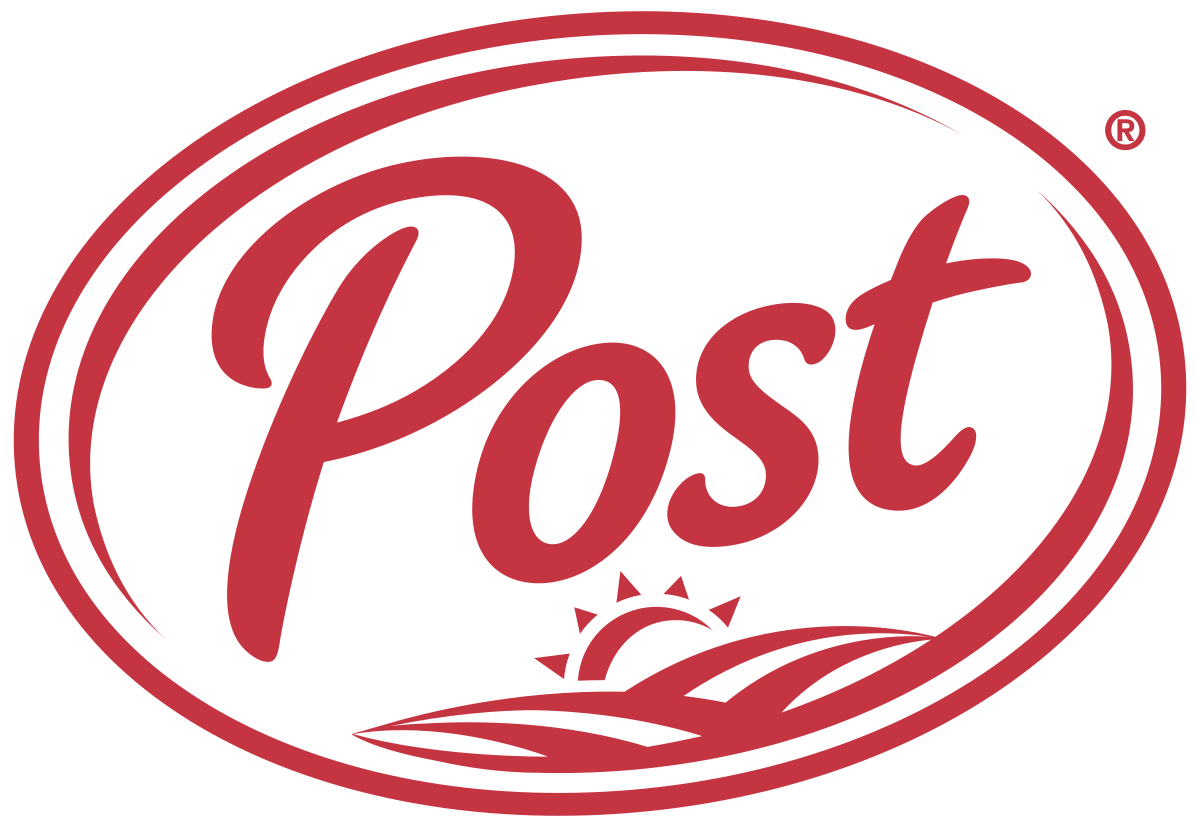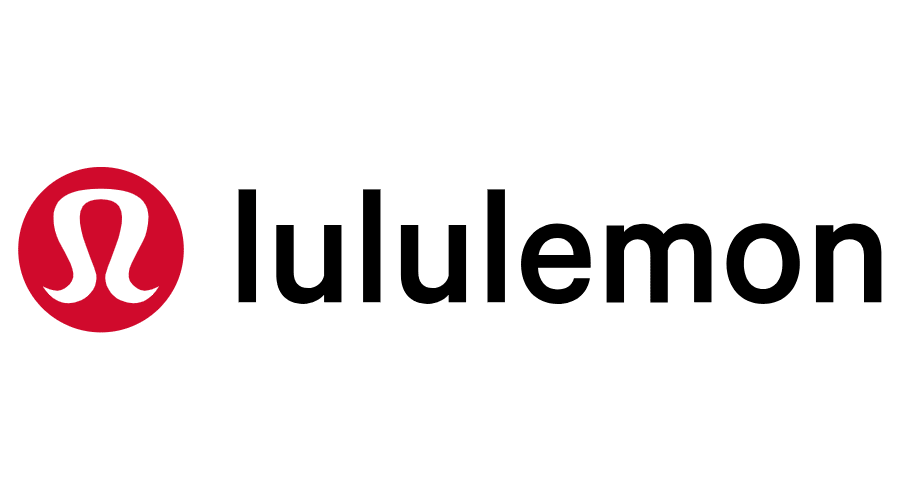
What is Brand Equity?
Brand equity is defined as the perceived value of a company based on its reputation.
When a consumer buys a more expensive branded product over an identical generic product, that brand has positive equity. The name value allows the company to sell the same product at a higher price while maintaining the same production costs as competitors. Knowing your company’s brand equity can help you make business decisions that boost your reputation and contribute to your bottom line.
Measuring Brand Equity
While brand equity is universally sought, it is uniquely difficult to measure. Marketers can evaluate quantitative metrics such as market share, profitability, revenue, or growth rate. However, businesses also want to understand the less tangible, qualitative aspects of equity. Correlating these two ends of the spectrum is challenging.
While surveys can evaluate qualitative factors, QuestBrand’s brand monitoring software provides a new way of benchmarking your position. By polling consumers through a variety of touchpoints, we track brand perception. You can then easily compare this data to your quantitative or financial metrics. This presents a full picture of your influence on the industry.
QuestBrand displays these competitive insights in several easy-to-understand categories.
Momentum
A brand’s ability to maintain market position and to beat out competitors.
Consideration
How relevant a product or service offering is to its audience.
Quality
The perceived and actual quality of your service offering.
Familiarity
How recognizable a brand is to the general population.
Brand Equity Model
Benefits of Brand Equity
Consumer trust is one of the most significant benefits of positive brand equity.
Trust allows your company to maintain a segment of the market that competitors will have a hard time influencing. Other benefits include:
- Consumers are willing to pay a premium for your products or services.
- Brand equity can extend to and benefit your other product lines.
- Strong brand equity can improve investor confidence, increasing stock price.
Building Brand Equity
Brand Awareness
To build positive brand equity, you must first increase brand awareness – the extent to which your audience is familiar with your services and reputation. Your brand health depends on having high audience awareness to maintain salience. Beyond this, your company must stand out. Consider telling an impactful brand story to carve out a unique niche.
Brand Loyalty
Consumers with strong brand loyalty are devoted to a product or service, leading to repeat business. This significantly contributes to positive brand equity. Maintaining consistent consumer experiences is key to maintaining loyalty. Loyalty decreases your need for marketing, increases your leverage in the industry, and situates your brand more competitively.
Brand Reinforcement
Reinforcing your brand’s values with consumers attracts those with similar values. Like-minded individuals are also more likely to exhibit loyalty. For example, if your brand is committed to producing environmentally friendly products, environmentally conscious consumers will be more likely to buy your product even if it is more expensive.
Brand Equity Examples
Higher Brand Equity
Company A has been selling insurance to consumers for over 50 years. Because of its ongoing commitment to providing excellent customer service and innovating its products, its customers have remained loyal to its brand and products, despite not always having the lowest prices.
Lower Brand Equity
A company typically has lower brand equity when they go through an incident that harms their reputation. For example, Company B, an independent credit card provider, had a data breach that resulted in millions of consumer records being released to the public, tanking their brand equity and reputation.
Along with having to settle a major lawsuit and pay millions of dollars in damages, this hit made the brand look untrustworthy, which hurt customer retention & acquisition in the long run. To combat this, the company must continuously monitor their brand’s perception and revamp its image to reinstate the trust it has lost.
















